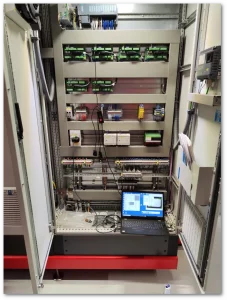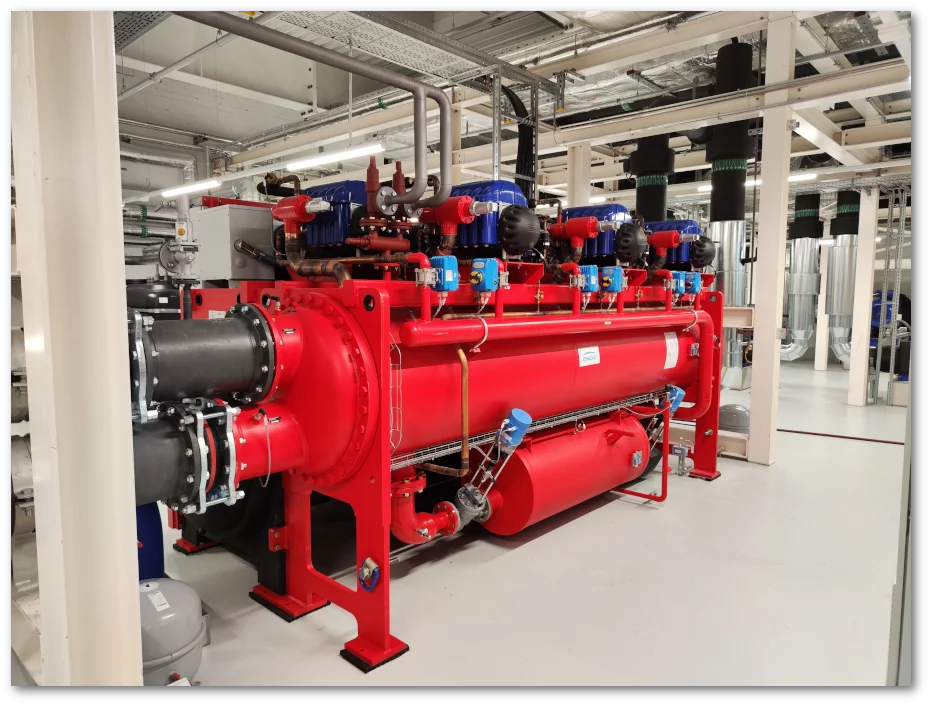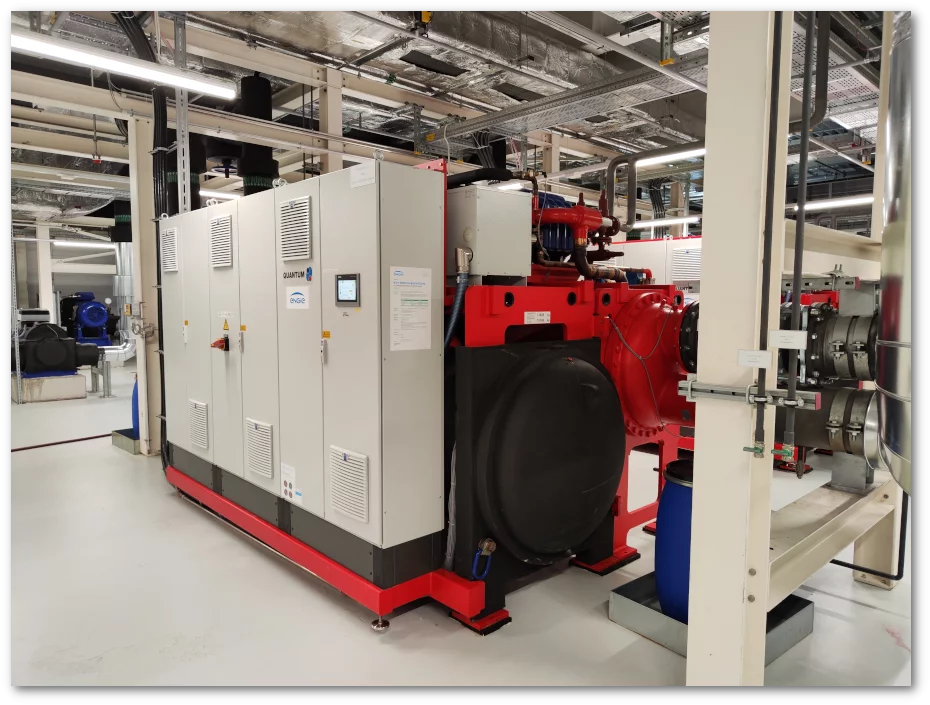Commissioning is a systematic process for checking the performance of electrical installations, systems and assemblies. It ensures that operation runs smoothly and that the risk of unplanned failures or downtime is minimized. In this context, project managers, contractors and technicians carry out pre-commissioning to ensure that the installation and function meet the customer’s specifications.

A key element of commissioning is the commissioning log, which can be used to carry out comprehensive installation, functional and operational inspections. This protocol helps to systematically record and rectify any defects identified and thus avoid costly project delays. In switchgear, this process is also known as a loop check.
Regionally, there are different terms for the individual phases of commissioning. Pre-commissioning is often referred to as cold commissioning, static commissioning or mechanical completion, while the actual commissioning is sometimes defined as hot commissioning, live/dynamic commissioning or start-up. These terminological differences can make it difficult for commissioning teams to determine the appropriate procedure in each case.

Before the actual commissioning, several preparatory steps must be carried out. First, a systematic check of the piping and instrumentation diagrams (P&ID), also known as a system check, is carried out. This identifies possible design and execution errors. If defects are found, a punch list must be drawn up, which is used to rectify problems such as replacing defective sensors or probes.
Pre-commissioning begins with mechanical completion. Here, the running-in of the equipment is checked, for example through sequence tests of the control system (dry commissioning). In addition, scenarios such as the introduction of water or antifreeze water into closed pump circuits are simulated in order to test the system function without process fluids (wet commissioning).


An important part of commissioning is the Pre-Startup Safety Review (PSSR), a thorough safety check that is carried out immediately before final commissioning. In this step, system errors are eliminated and all safety risks are checked. If necessary, the PSSR is repeated to ensure that all health and safety regulations are met. Only after a successful PSSR does the actual commissioning begin.

During commissioning, the entire system is subjected to a performance test. This includes checking the compressors, pumps, piping and lighting. Open items on the punch list must be completed before the transition to routine operation. In production plants, commissioning also includes defining the process conditions and introducing the process fluids, i.e. the raw materials required for regular operation.
Initial commissioning or the first production run requires particular attention. In this phase, it is checked whether the production processes meet the original design requirements. A first article inspection allows deviations to be identified at an early stage so that adjustments can be made to optimize the process.
Adhering to the intended processes during pre-commissioning and commissioning can be challenging, and creating a detailed commissioning report takes time and care. Structured documentation is essential to keep track of errors and corrective actions. Photos of identified defects can help to solve problems efficiently. In addition, it makes sense to send notifications for planned installation, functional and operational checks and to ensure that all relevant commissioning logs are created and transmitted before leaving the system.
Carefully planned and documented commissioning ensures that the system is optimally adjusted, meets safety requirements and can be operated efficiently.


